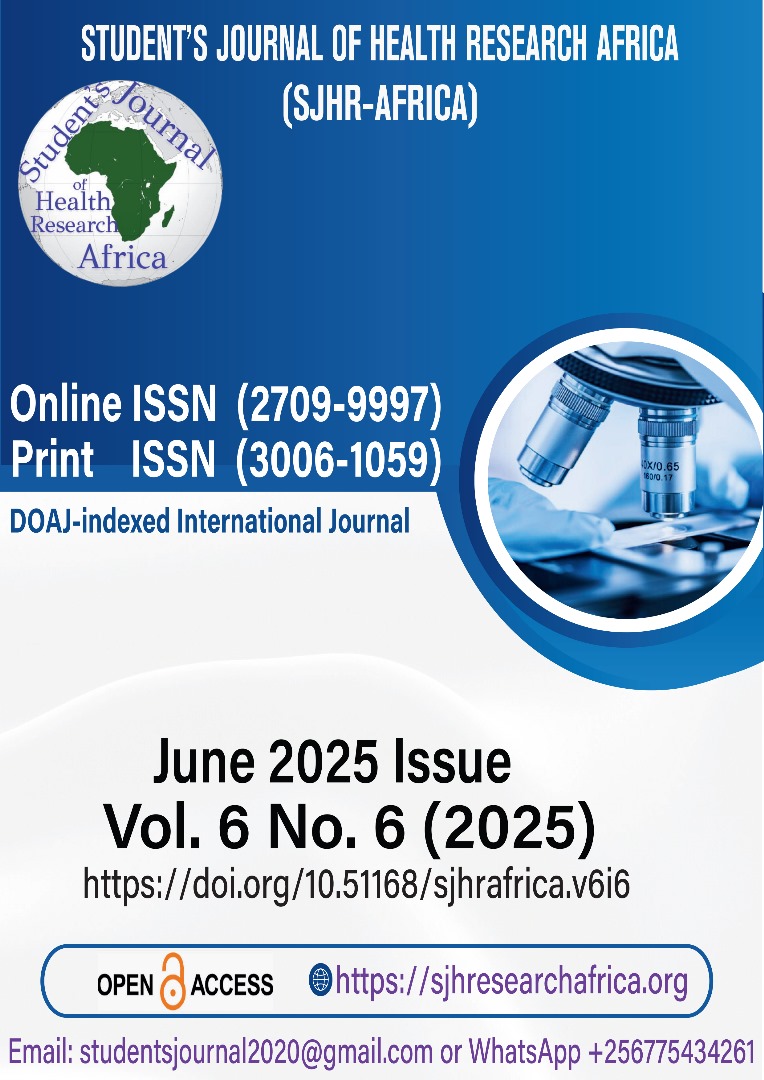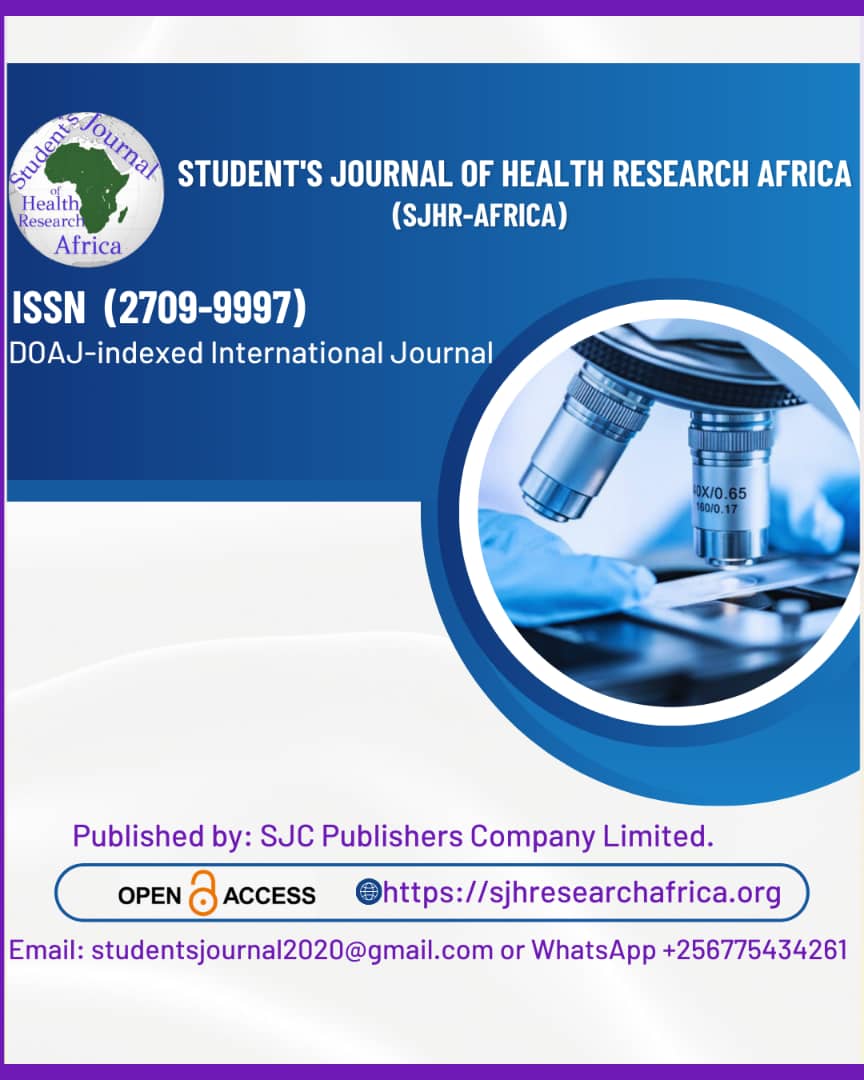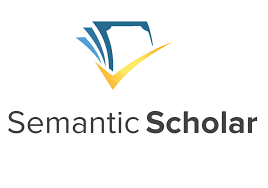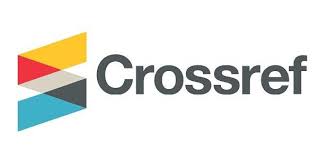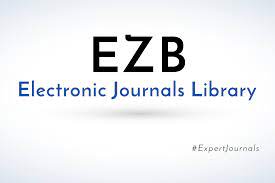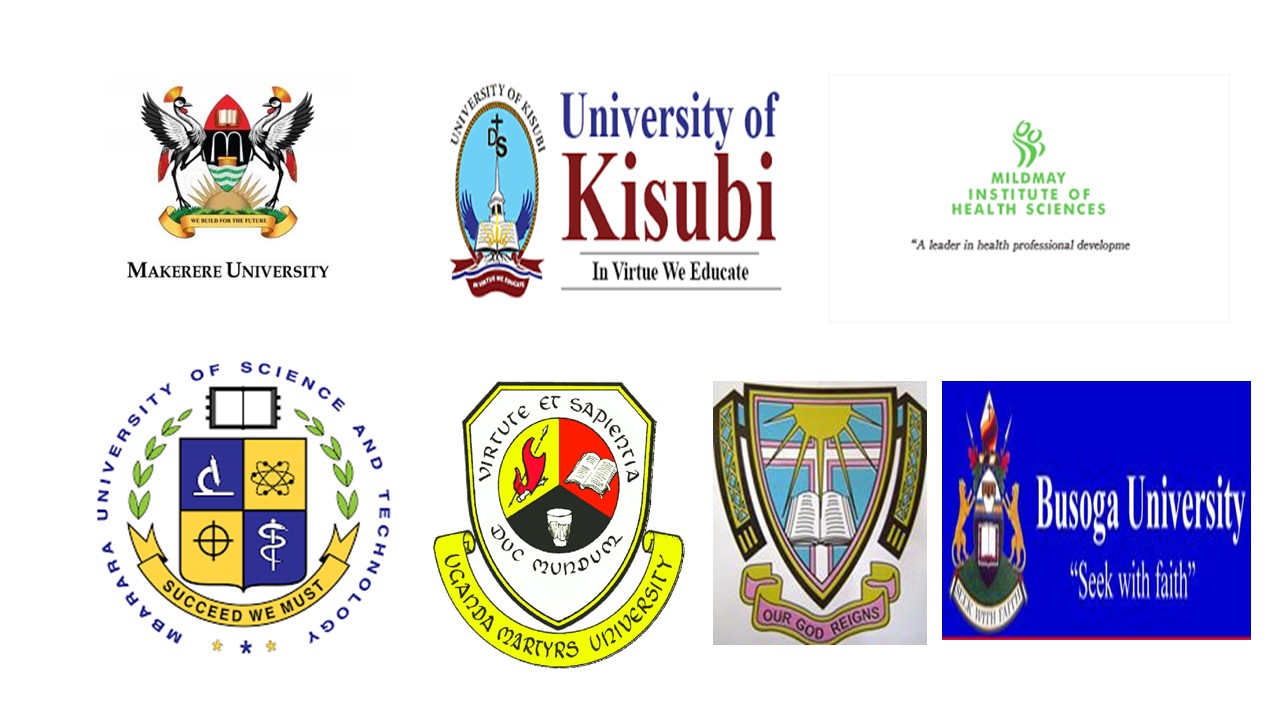AN INVESTIGATION INTO THE DISPARITY BETWEEN LECTURERS' USE OF TECHNOLOGY IN TEACHING AND STUDENTS' DIGITAL COMPETENCE: A CROSS-SECTIONAL CASE STUDY OF THE BACHELOR OF APPLIED SCIENCE PROGRAM AT MANGOSUTHU UNIVERSITY OF TECHNOLOGY.
DOI:
https://doi.org/10.51168/sjhrafrica.v6i6.1673Keywords:
Digital competence, Technology integration, Higher Education, Lecturer-Student Gap, Digital Literacy, Online Learning, Instructional Technology, University Teaching, Technology Adoption, Digital TransformationAbstract
Background
This study investigates the disparity in technological proficiency between lecturers and students in the Bachelor of Applied Science program at Mangosuthu University of Technology (MUT), focusing on its impact on teaching effectiveness and student engagement.
Methods
A mixed-methods approach was employed, combining surveys and semi-structured interviews. The study included 80 participants, 60 students, and 20 lecturers from the Faculty of Natural Sciences. It examined levels of digital literacy, access to technology, and perceptions of technology-enhanced learning. Quantitative data were analyzed using descriptive statistics, while qualitative responses underwent thematic analysis.
Results
Findings revealed a significant digital proficiency gap between students and lecturers. Most students (60%) were aged 18–24, with 85% reporting high familiarity with digital tools such as Google Workspace, Moodle, and mobile apps. In contrast, lecturers, predominantly aged 45 and above, showed limited digital confidence, with only 40% comfortable using tools beyond PowerPoint and email. Students primarily accessed learning content via mobile devices, while lecturers favored traditional teaching methods with minimal technology integration. Qualitative insights highlighted limited training and institutional support as key barriers for lecturers, while students expressed frustration with the lack of interactive digital learning. These results point to a generational and infrastructural divide that hampers effective technology-enhanced teaching.
Conclusion
The disparity in digital competence between lecturers and students impedes the successful implementation of digital learning within the program. Bridging this gap is essential for inclusive, effective, and future-ready higher education.
Recommendations
MUT should introduce compulsory digital literacy training for lecturers, strengthen technical support systems, and adopt blended learning strategies. Further research is recommended to explore policy-level reforms that can drive sustainable digital integration in higher education.
References
Bates, A.W. and Sangrà, A., 2011. Managing technology in higher education: Strategies for transforming teaching and learning. San Francisco: Jossey-Bass.
Facer, K. and Selwyn, N., 2021. Digital technology and the futures of education: Towards 'non-stupid' optimism. Paris: UNESCO. Available at: https://unesdoc.unesco.org/ark:/48223/pf0000377071.
Ferrari, A., 2012. Digital competence in practice: An analysis of frameworks. [online] Seville: Joint Research Centre of the European Commission. Available at: https://ifap.ru/library/book522.pdf.
González-Martínez, J., Bote-Lorenzo, M.L., Gómez-Sánchez, E. and Cano-Parra, R., 2015. Cloud computing and education: A state-of-the-art survey. Computers & Education, 80, pp.132-151. https://doi.org/10.1016/j.compedu.2014.08.017
Graham, S., Stanley, G. and Smith, R., 2021. Digital literacy gaps in promoting 21st-century skills among students in higher education institutions in Sub-Saharan Africa: A systematic review. Cogent Education, 8(1), p.2452085. https://doi.org/10.1080/2331186X.2025.2452085
Howard, S.K., Tondeur, J., Ma, J. and Yang, J., 2021. What to teach? Strategies for developing digital competency in preservice teacher training. Computers & Education, 165, p.104149. https://doi.org/10.1016/j.compedu.2021.104149
Ibrahim, U., Argungu, J.I., Mungadi, I.M. and Yeldu, A.S., 2023. E-learning and remote education technologies: Lessons from the pandemic. International Journal of Education and Life Sciences, 1(3), pp.159-174. https://doi.org/10.59890/ijels.v1i3.828
Kirkwood, A. and Price, L., 2014. Technology-enhanced learning and teaching in higher education: What is 'enhanced' and how do we know? Learning, Media and Technology, 39(1), pp.6-36. https://doi.org/10.1080/17439884.2013.770404
Kivunja, C., 2014. Do you want your students to be job-ready with 21st-century skills? Change pedagogies: A paradigm shift from Vygotskyian social constructivism to critical thinking, problem-solving, and Siemens' digital connectivism. International Journal of Higher Education, 3(3), pp.81-91. https://doi.org/10.5430/ijhe.v3n3p81
Mishra, P. and Koehler, M.J., 2006. Technological pedagogical content knowledge: A framework for teacher knowledge. Teachers College Record, 108(6), pp.1017-1054. https://doi.org/10.1177/016146810610800610
Prensky, M., 2001. Digital natives, digital immigrants. On the Horizon, 9(5), pp.1-6. https://doi.org/10.1108/10748120110424816
Redecker, C., 2017. European framework for the digital competence of educators: DigCompEdu. [online] Luxembourg: Publications Office of the European Union. Available at: https://publications.jrc.ec.europa.eu/repository/handle/JRC107466.
Selwyn, N., 2016. Education and technology: Key issues and debates. 2nd ed. London: Bloomsbury Academic. https://doi.org/10.5040/9781474235952
Downloads
Published
How to Cite
Issue
Section
License
Copyright (c) 2025 Sibonelo Thanda Mbanjwa

This work is licensed under a Creative Commons Attribution-NonCommercial-NoDerivatives 4.0 International License.

